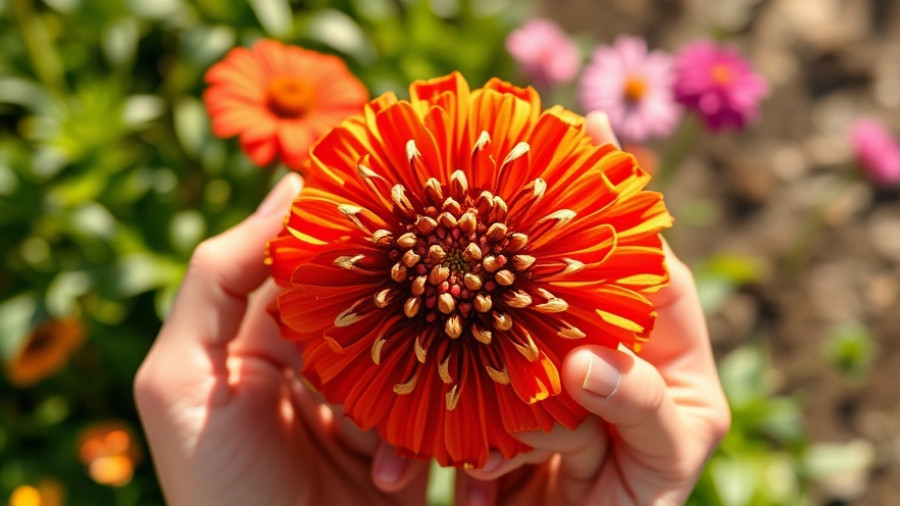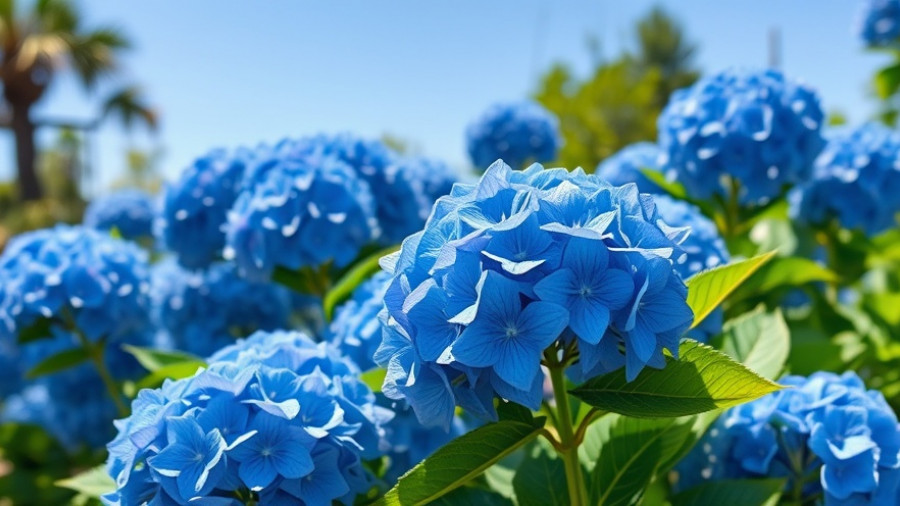
Transforming Your Outdoor Retreat: Backyard Makeover Ideas
Your backyard can be an oasis of relaxation and connection with nature. Many homeowners dream of crafting an outdoor environment that reflects their personal style while accommodating family gatherings and quiet evenings under the stars. Whether you’re a novice gardener or a seasoned landscaper, there are numerous backyard makeover ideas that can completely transform your outdoor space.
In 'How We Made This Small Backyard Awesome!', the discussion dives into innovative backyard transformations, exploring key insights that sparked deeper analysis on our end.
The Heart of Your Backyard: Outdoor Kitchen Designs
Imagine preparing a family barbecue or inviting friends over for a pizza night—all under the open sky. Outdoor kitchens have surged in popularity and for good reason! Incorporating an outdoor kitchen into your landscaping creates a focal point in your backyard, allowing for seamless indoor-outdoor living. Consider incorporating features such as a stone pizza oven, sleek counter spaces for meal prep, or even a bar area for refreshing drinks.
Enhancing the Space: Paver Patio Guide
A well-designed patio is essential for making the most of your backyard space. Paver patios provide durable surface options that can create defined areas for dining, lounging, or playing. When choosing materials, look at color patterns and textures that compliment your home’s style. Moreover, consider incorporating different levels to provide visual interest, which can also help with yard drainage solutions.
Lighting for Ambiance: Landscape Lighting Ideas
No backyard is complete without the magic of lighting. Proper lighting can not only make your space feel inviting but also enhance safety during nighttime gatherings. From elegant string lights to stylish lanterns, the options are endless. Solar-powered lighting is an eco-friendly alternative that can illuminate pathways or highlight specific landscape features without running up your energy bill.
Cozy Evenings: Fire Pit Designs
A fire pit can serve as the heart of your backyard, providing warmth and comfort on chilly evenings. Consider a design that integrates naturally with the surrounding landscape—think stone or brick with built-in seating. Raised fire pits allow for a cozy atmosphere where friends and family can gather, telling stories and sharing memories.
Practical Outdoor Solutions: Container Gardening and Low Maintenance Landscaping
Not everyone has the time to dedicate to a full garden, but that shouldn’t stop you from enjoying a blossoming yard. Container gardening allows you to cultivate your favorite flowers or vegetables in a manageable way. For those looking to minimize upkeep, low maintenance landscaping with native plants can ensure beauty with minimal intervention.
Planning for Seasons: Seasonal Planting Guide and Mulching Tips
Plan your garden layout according to the seasons. Understanding which plants thrive in the spring versus the fall can yield a flourishing garden year-round. Additionally, applying mulch not only keeps weeds in check but also helps retain moisture, making your gardening efforts more efficient.
Conclusion: Crafting Your Personal Paradise
With a bit of planning and creativity, your backyard can evolve from an overlooked space to a cherished retreat. Embrace the warmth of summer evenings around a fire, savor the aromas of a meal cooked outdoors, and bask in the beauty of nature right at your doorstep. As you embark on this transformative journey, let these ideas inspire your own unique vision for your backyard. So why wait? Let your outdoor living dreams take shape today!
 Add Row
Add Row  Add
Add 




Write A Comment